Wood Species Highlight: Cherry, Douglas Fir, Hickory, Maple, Padauk
Welcome to part 2 of our article series on wood species for doors! We at Real know that our wide selection of wood species may make it hard to make a choice. Real proudly offers 20 different species of wood. With our wide range of lumber, from Alder to Zebrawood, we know you will find something you love. In this edition of our wood species series we will be spotlighting five more of our wood species options. Below is an in-depth look at Cherry, Douglas Fir, Hickory, Maple, and Padauk lumber.

CHERRY
The heartwood of cherry varies from rich red to reddish brown and will darken with age and with exposure to light. In contrast, the sapwood is creamy white. Cherry wood has a straight-grain and satiny texture. When choosing boards for your doors, our craftsmen typically focus on the darker heartwood, although there will also be some sapwood. Our craftsmen will take the time to select and join boards that have the best available color and grain match.
Cherry wood is harvested from the American Black Cherry Tree. When it is about ten years old, it begins producing cherry’s. However, these cherries are not the bright red sweet cherries you would find at the grocery store. These cherries only grow to the size of a dime, and are quickly gobbled up by forest animals once ripened.
Fun Facts:
- Cherry wood has been used for furniture as early as 400 BC by the Greeks and Romans.
- Early printmakers used cherry wood for their printing blocks

DOUGLAS FIR
Native to the Pacific Northwest, Douglas Fir is one of the world’s best-known and most widely used wood species for doors. The sapwood is light in color and of narrow width. The heartwood ranges from yellowish to reddish-brown. The wood has a fine to medium texture, is straight grained and non-porous.
Due to its strength, Douglas Fir is primarily used for building and construction. The straight, fine-grained wood, tight knots and the light yellow to reddish brown color of fir are other qualities that makes this lumber a favorite. In comparison to its weight, Douglas fir ranks as the strongest of all American woods. It is stiff, stable, and decay resistant. Vertical grain Douglas Fir is often used for flooring and cabinetry.
Fun Facts:
- Douglas fir lumber is named after David Douglas, the 19th century botanist famous for identifying a variety of Pacific NW plant species.
- The roof of the Tacoma dome was built using douglas fir lumber, and it is one of the largest wood geodesic structures in the world. The wood came from the volcanic blowdown of Mount St. Helens.
- Clear Creek Distillery uses Doug Fir buds in its Eau de vie brandy.

HICKORY
Hickory is exceptionally heavy, hard, strong and shock resistant. There are woods that are stronger than hickory and woods that are harder, but the combination of strength, toughness, hardness, and stiffness found in hickory wood is not found in any other commercial wood. It is coarse with a straight grain. Hickory is a dry wood, so it soaks up stains and adhesives well. Because of its durability, this wood species is used for doors, tool handles, drumsticks, golf club shafts, the bottom of skis, walking sticks, paddles, and baseball bats.
Hickory is also highly prized for wood-burning stoves and chimineas because of its high energy content. It is also often used for smoking cured meats. In the south, hickory is popular for cooking barbecue, because is grows abundantly in the area.
Fun Facts:
- The Choctaws and other Native Americans had long used hickory for bows and baskets. They also used its sap for syrup, and its nuts for cakes and meal.
- Hickory was used for the wheels on the first automobiles.

MAPLE
Unlike most other hardwood species used for doors, the sapwood of Hard Maple lumber is more commonly used than its heartwood. It’s sapwood ranges from nearly white, to an off-white cream color, sometimes with a reddish or golden hue. Grain is generally straight but may be wavy. It has a fine and even texture.
Maple produces syrup for pancakes, school desks, bowling alleys, basketball courts, piano frames, ladders, butcher blocks, work benches, and so much more. Maple remains strong when bent, absorbs shock well, resists wear, and works nicely with both power and hand tools.
Maple is considered a tonewood, which means that it carries sound waves well. It is used as the back, sides, and neck of most violins, violas, cellos, and double basses. Electric guitar necks are also commonly made from maple.
A maple leaf is on the coat of arms of Canada, and is on the Canadian flag. The maple is a common symbol of strength and endurance and has been chosen as the national tree of Canada.
Fun Facts:
- Maple lumber is also used in the paper industry. Paper made of maple tree has excellent printing properties.
- The oldest fossil of a maple dates to 100 million years ago in Alaska.
- Maple trees are a popular choice for the Japanese art of bonsai
- Maple syrup was first recorded as being produced in 1540 by Native Americans using the tree’s sap.

PADAUK
Padauk has a very unique reddish orange coloration. It’s heartwood color can vary, ranging from a pale pinkish orange to a deep brownish red. Most pieces tend to start reddish-orange when freshly cut, darkening substantially over time to a reddish/purplish brown. It has an open texture and an excellent natural luster. It is extremely insect and decay resistant. During the 17th century, French Kings Louis XV and Louis XVI favored a red-orange padauk they called “narra”. With it, royal woodworkers crafted cups and chalices. When water was put into these vessels, they would turn yellow, which made the kings believe it had medicinal properties.
Padauk is an exotic wood, which grows in tropical climates. Paduak is found in India, Indochina, the South Pacific, West Africa, and even Florida. The rich red color in the heartwood comes from chemical compounds extracted from the soil and deposited in the heart by the tree. These compounds protect the heartwood from fungal and bacterial decay, contributing to its durability.
Fun Facts:
- The leaves are edible and are an excellent source of vitamin C.
- Padauk is often used to make xylophones, drums, and guitars.
We at Real hope you learned a lot of useful information by reading this article. Stay tuned next month for a in-depth look at Reclaimed Pine, Purple Heart, Red Wine Redwood, Sapele Mahogany, and Teak! If you would like to take a look at all of our current lumber offerings, click here! Feel free to call us at 253-853-3815 with any questions you may have!

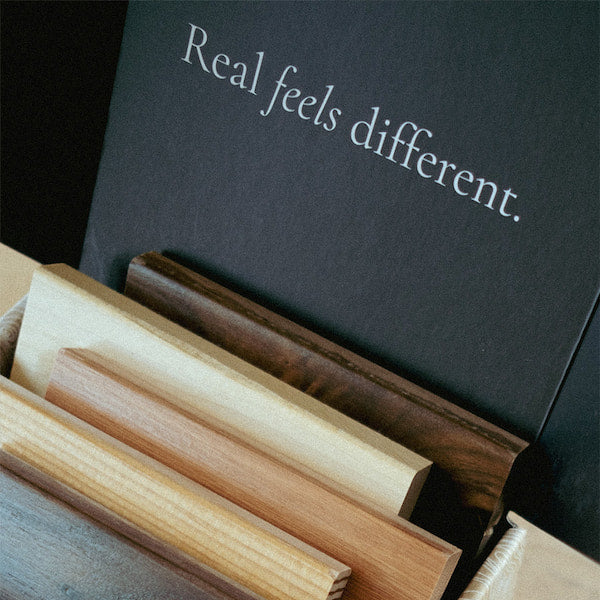
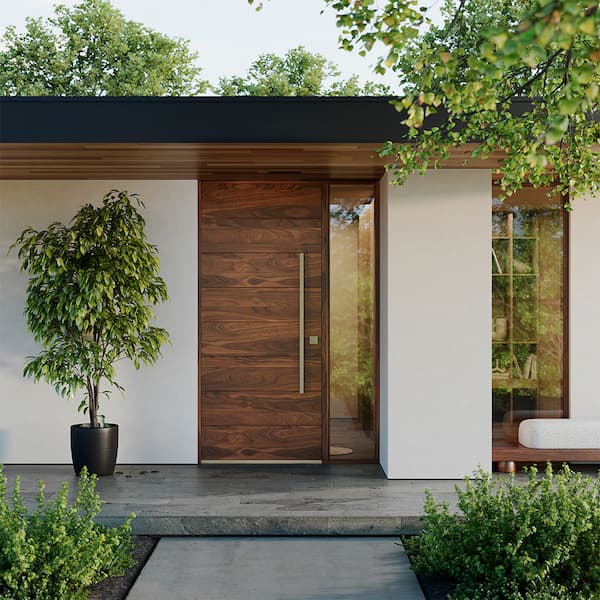


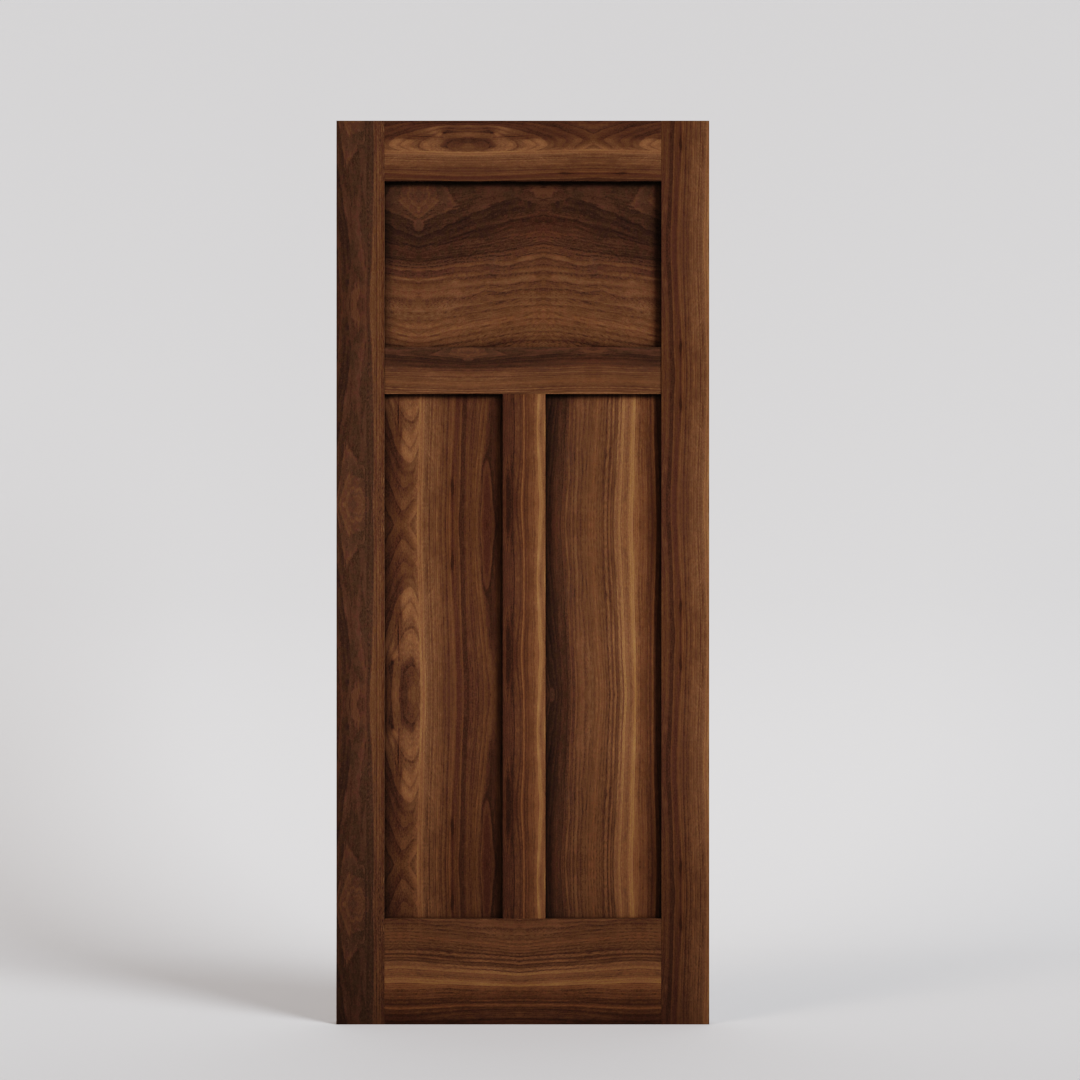
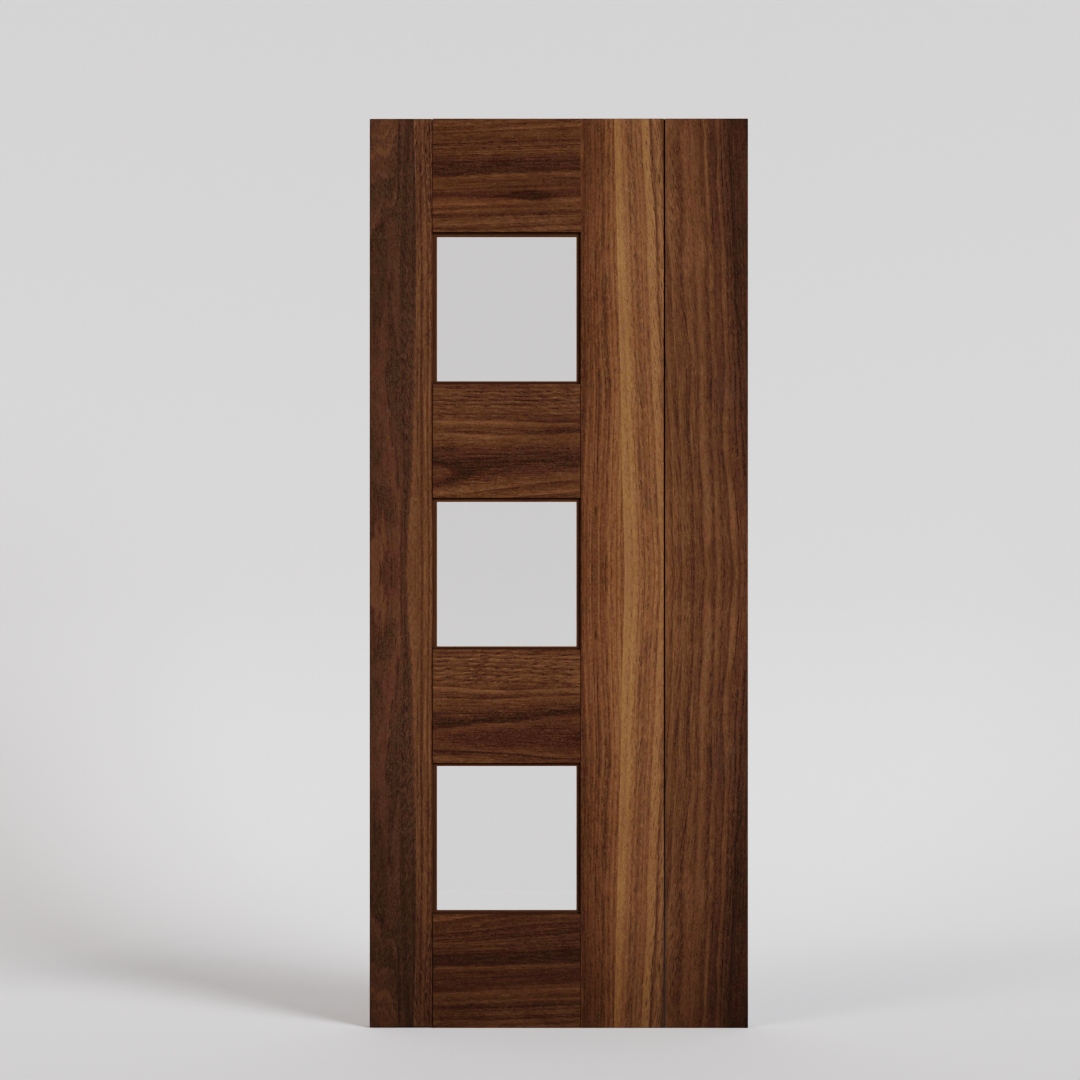
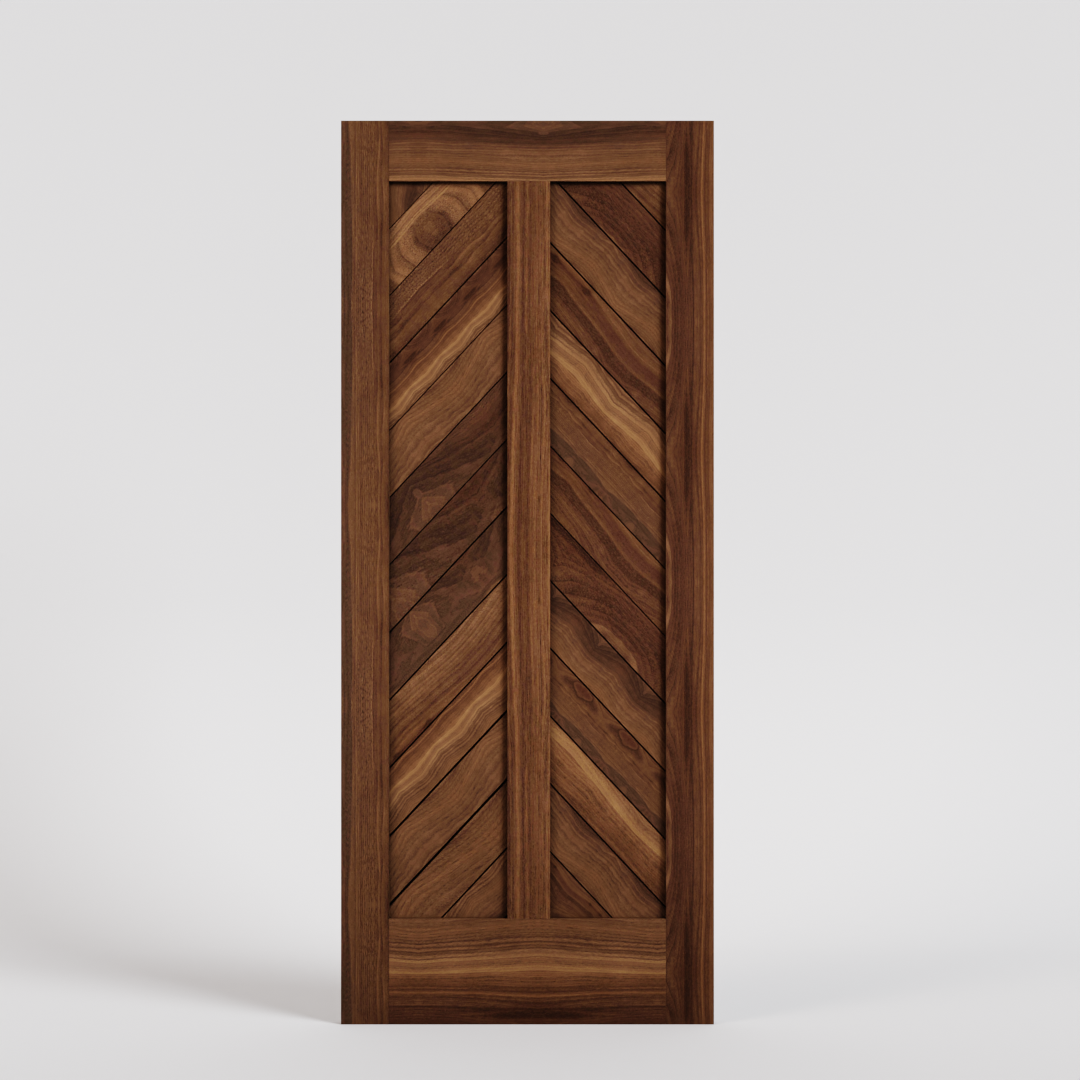
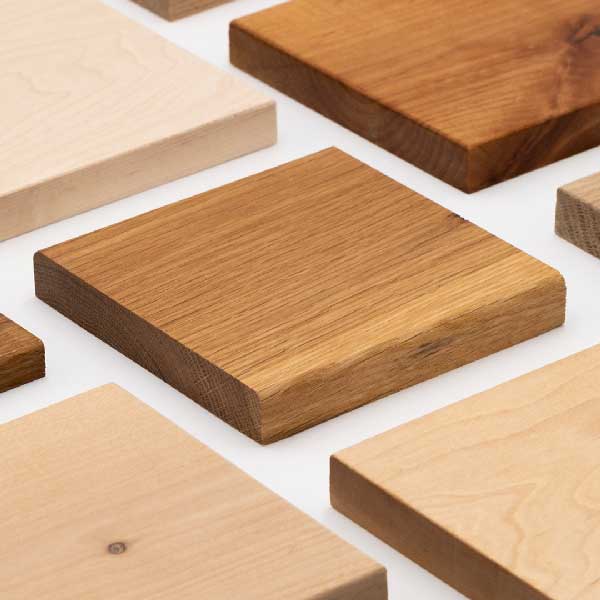

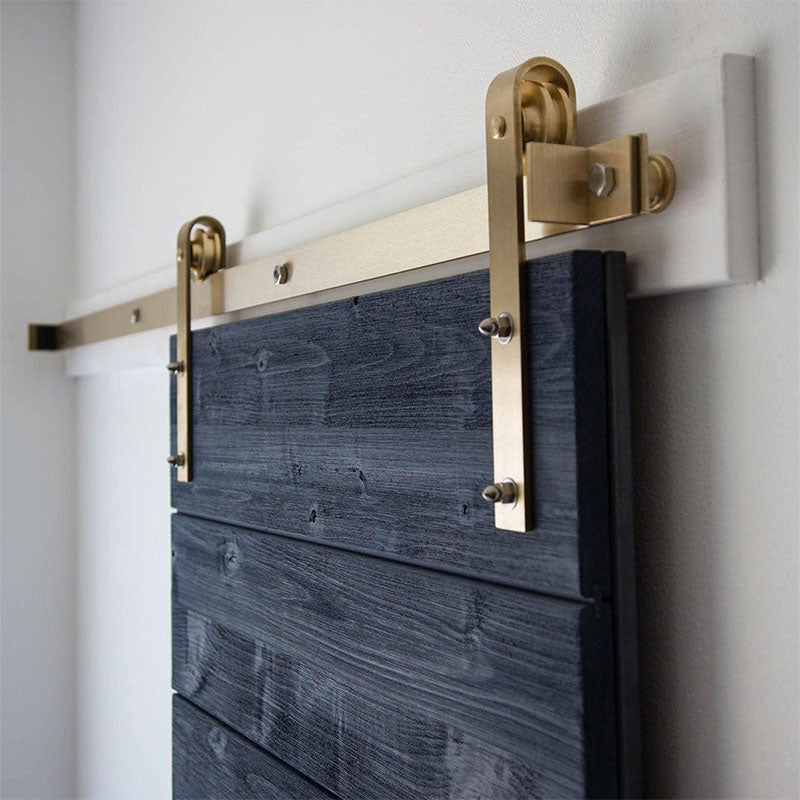
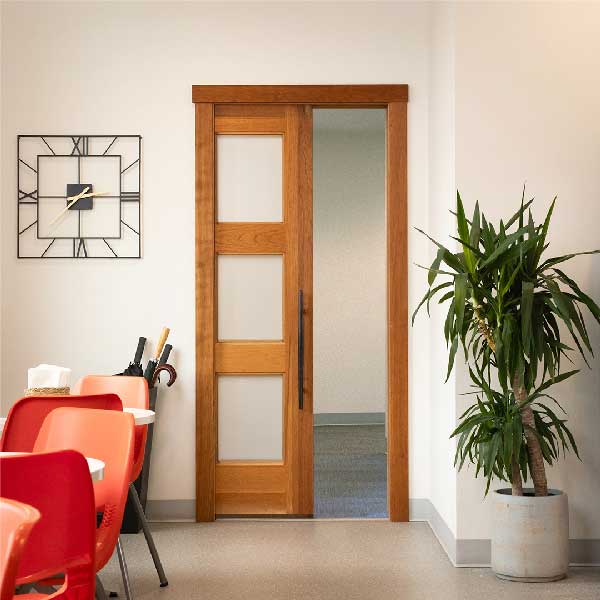
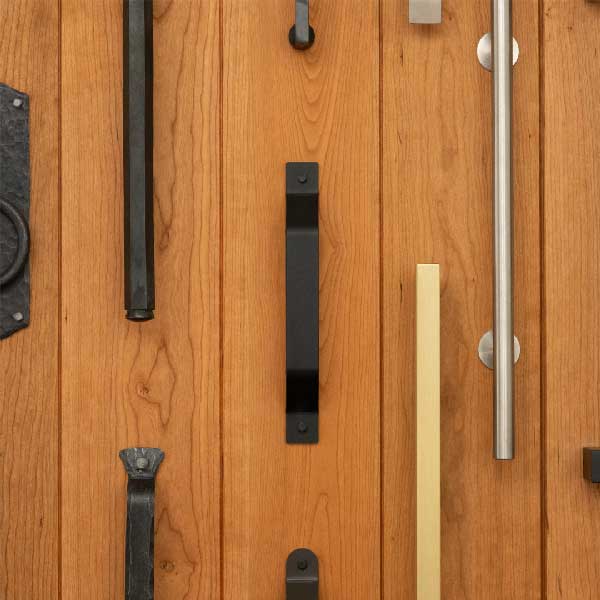
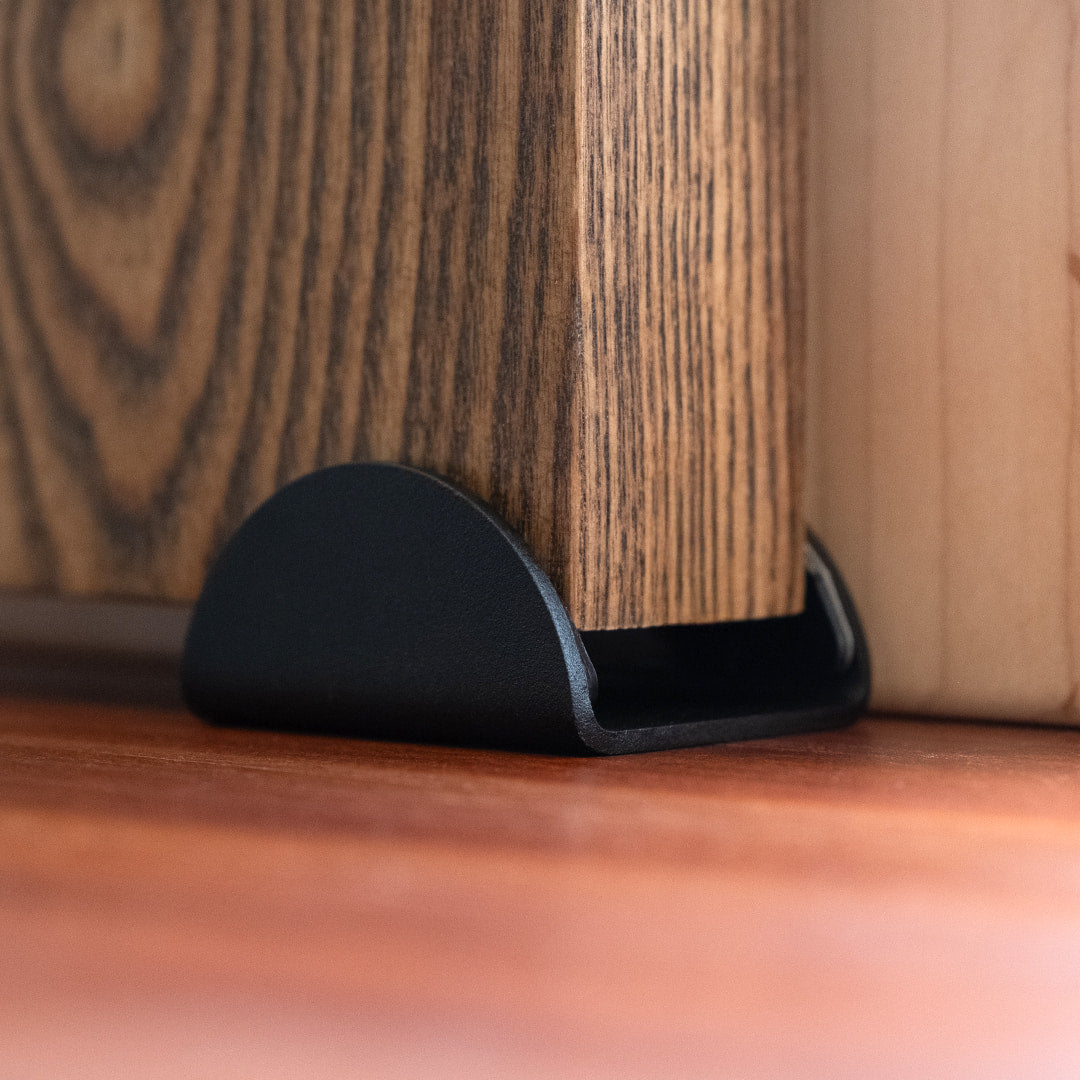
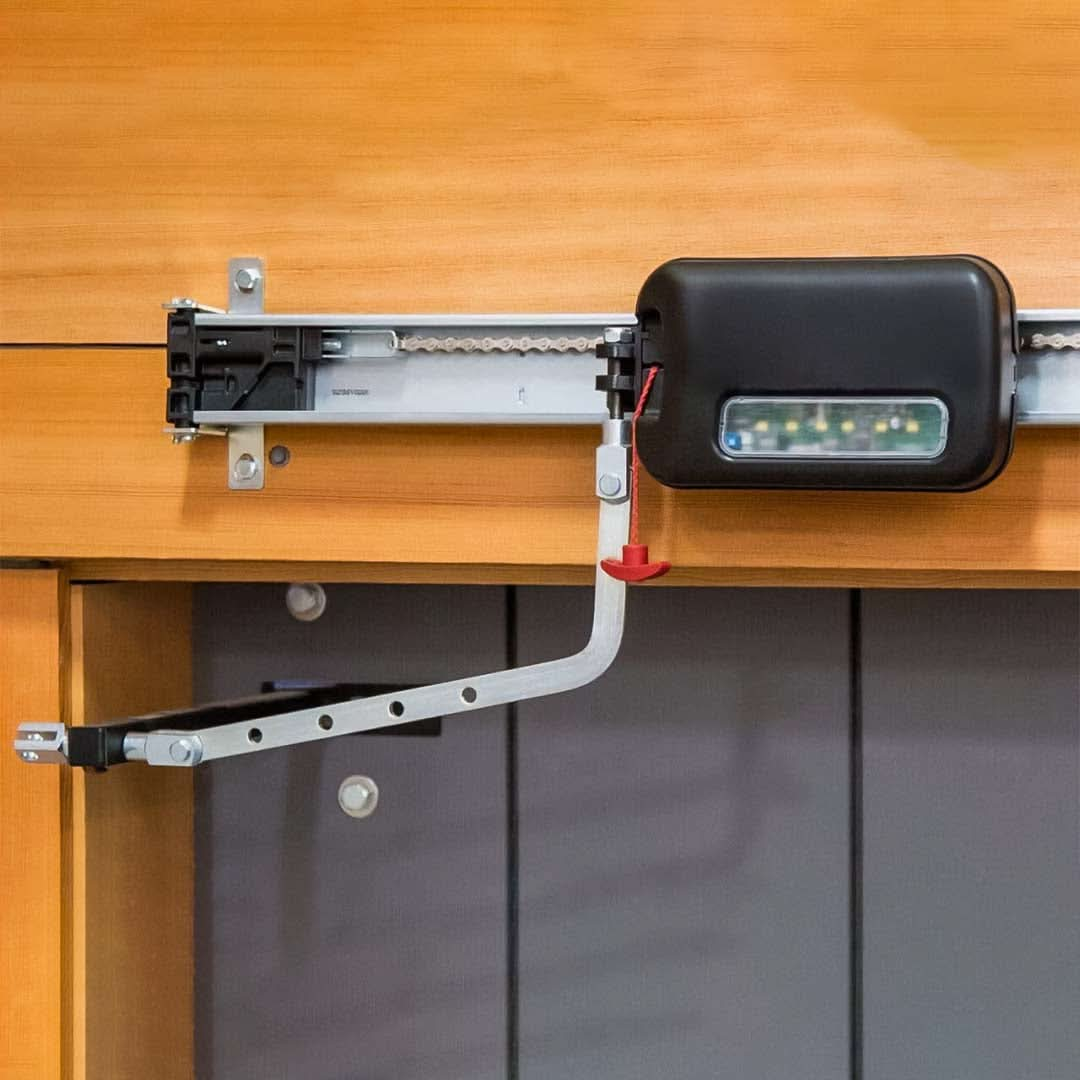


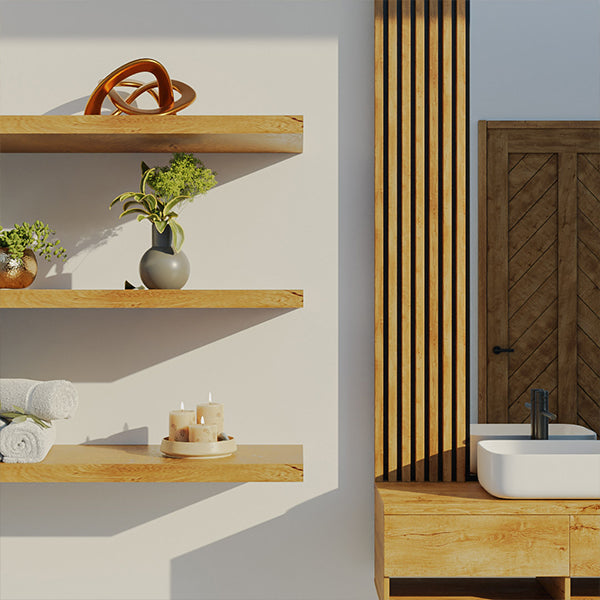


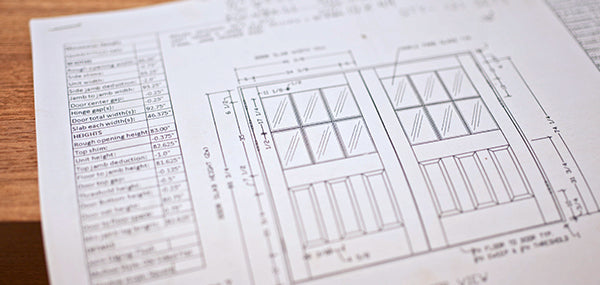
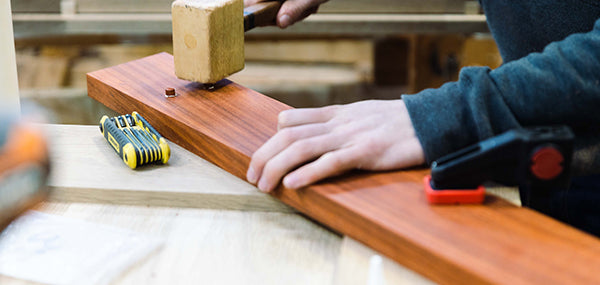

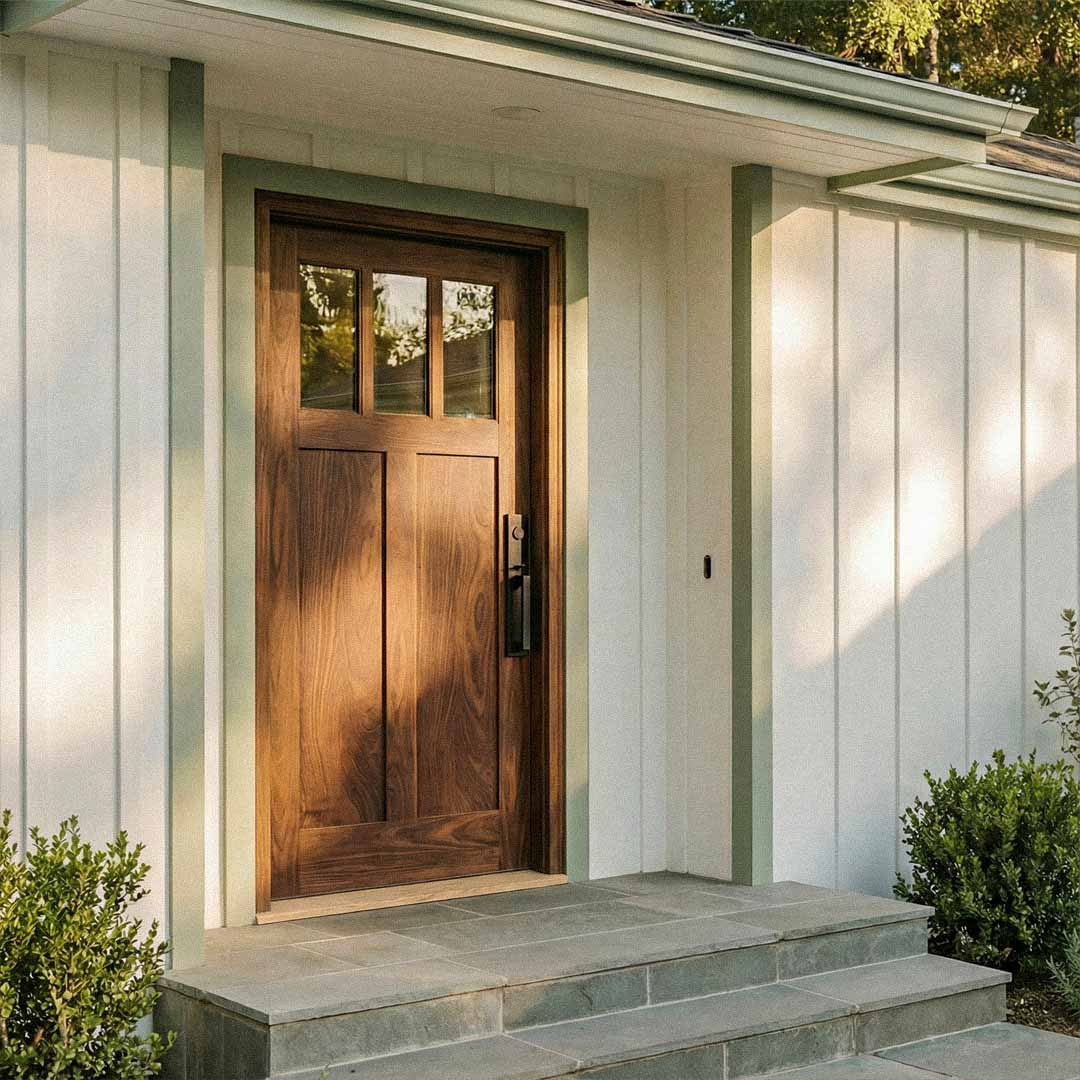
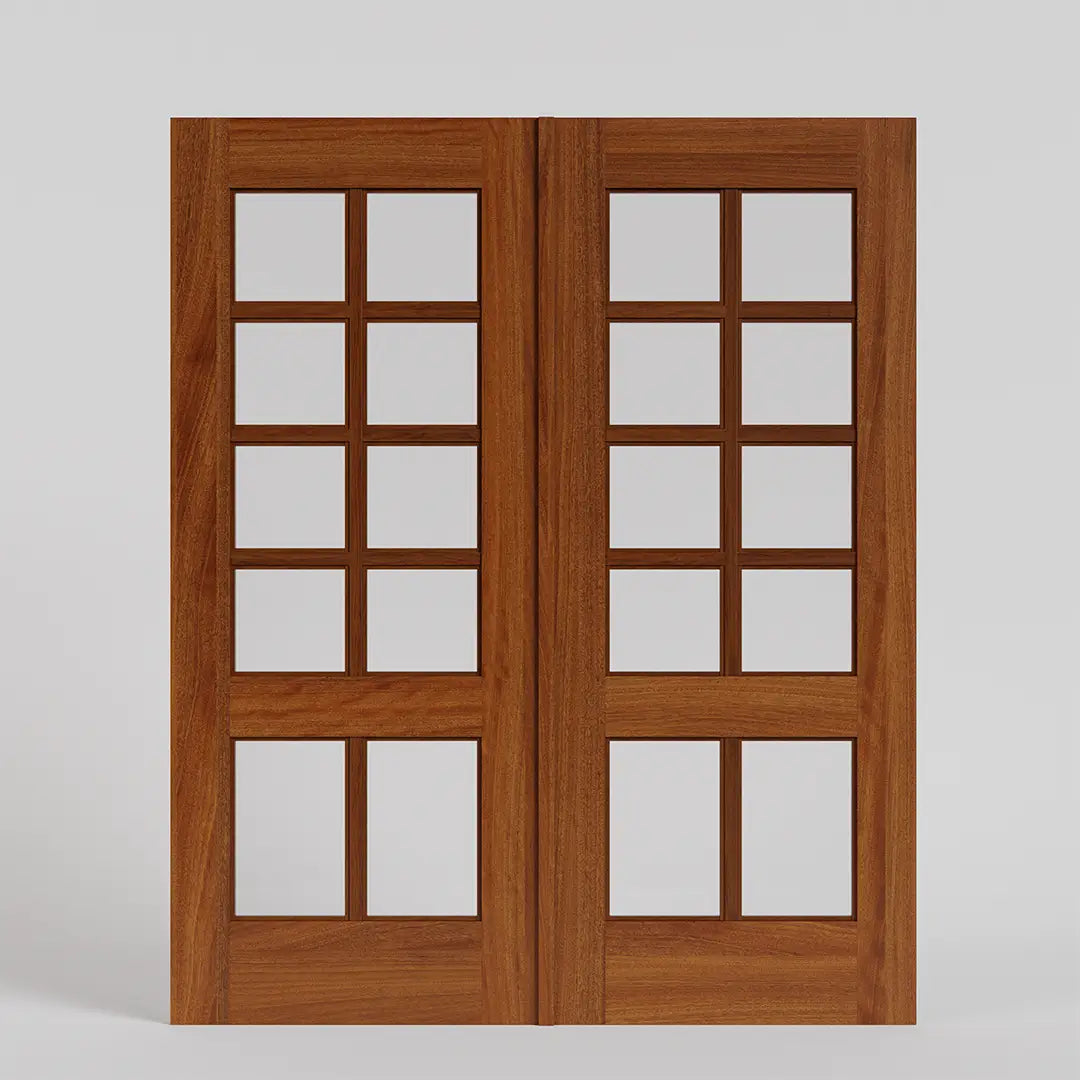
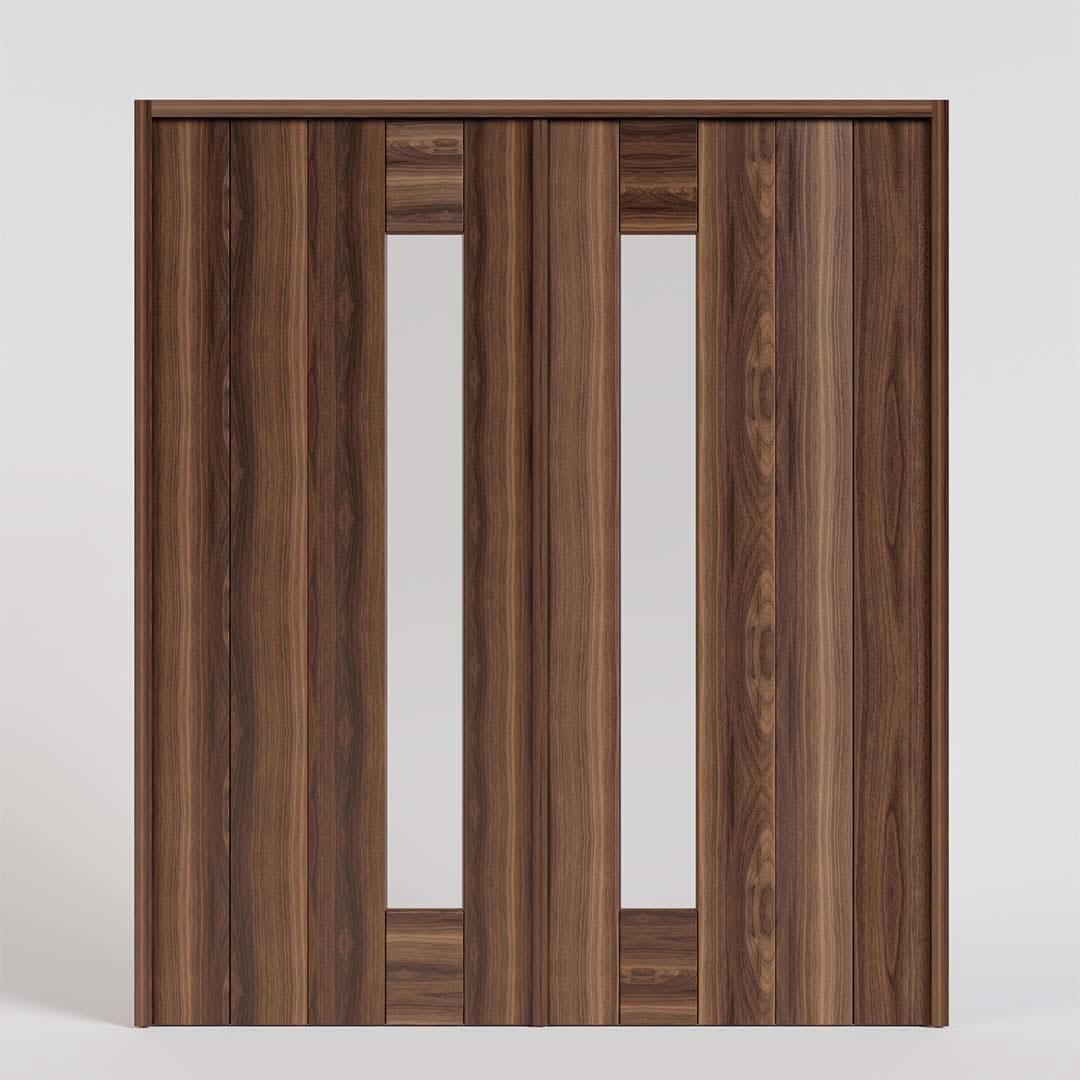
Leave a comment (all fields required)